
Bolivia Travel Guide
Season • Note
Are December and January good months to visit Bolivia?
December
Shoulder
season
January
Shoulder
season
Did you know?
The surface area of Bolivia is 424.2 thous. mi², which puts the country in position number 29 in terms of the area in the world.
How far is it?
1. The site uses the Great Circle method of calculating distances between two points on the Earth
2. To change the cities for comparison, change Your Country in settings
The distance between La Paz (BO) and Washington D.C. (US) is 3870 miles
To calculate distance between your location and La Paz click here
Country Comparison
Compare Bolivia to any country in the world and see key differences between them side-by-side.
Get ready for your next trip
With just a few clicks you can find the best accommodation, airline tickets, or buy insurance that provides comprehensive protection for your next journey.
Cities and Top Tourist Attractions
From historical cities to picturesque landmarks and fascinating places - don't miss out on these attractions when planning a visit to Bolivia
| Miles | La Paz | Cochabamba | Sucre | Sajama National Park | Santa Cruz | Potosí | Tiwanaku | Chacaltaya |
| La Paz | - | 144 | 259 | 123 | 339 | 265 | 36 | 10 |
| Cochabamba | 144 | - | 129 | 189 | 198 | 155 | 176 | 149 |
| Sucre | 259 | 129 | - | 248 | 162 | 49 | 283 | 266 |
| Sajama National Park | 123 | 189 | 248 | - | 378 | 231 | 108 | 132 |
| Santa Cruz | 339 | 198 | 162 | 378 | - | 209 | 372 | 341 |
| Potosí | 265 | 155 | 49 | 231 | 209 | - | 284 | 273 |
| Tiwanaku | 36 | 176 | 283 | 108 | 372 | 284 | - | 39 |
| Chacaltaya | 10 | 149 | 266 | 132 | 341 | 273 | 39 | - |
A Brief History of Bolivia
Important historical events that significantly shaped the nation's trajectory throughout the centuries
550 - 1000
Tiahuanaco civilizationThe Tiahuanaco civilization flourishes in the Altiplano region.
1200
Under the control of native peopleThe land now known as Bolivia comes under the control of native people called the Aymara.
1438 - 1532
The Inca EmpireThe Incas expand beyond their vast empire. It extends from Peru to Bolivia.
1538
Spanish invasionSpain invades and conquers the area.
1824 - 1825
An independent nationAntonio José de Sucre and Simón Bolívar free the land from Spanish rule. It becomes an independent nation and is named Bolivia in honor of Bolívar. Sucre becomes the nation’s first elected president.
1879 - 1883
War with ChileBolivia and Chile go to war. Bolivia becomes landlocked when it loses its only coastal territory to Chile.
1932 - 1935
The Chaco WarBolivia and Paraguay fight the Chaco War for control over territory that is believed to be rich in oil. Paraguay gains most of the land, but no oil is found.
1952
President Victor P. EstenssoroVictor Paz Estenssoro becomes president of Bolivia. He gives native people the right to vote. Paz Estenssoro is elected president three more times, in 1960, 1964, and 1985.
1971
Overthrow the governmentColonel Hugo Banzer Suárez overthrows the government. In 1978, he is driven from power. But he is elected president in 1997.
2001
A natural disasterAfter nearly a month of heavy rains, the government declares about half the country a natural disaster area.
2006
President Evo MoralesEvo Morales becomes Bolivia's first indigenous, or native, president. He is reelected in 2009. Morales puts the energy and gas industry under government control.
Best Ways to Experience Bolivia
- Cuisine
- Animals
Practical Information for Travelers
- Budget
- Currency
- Vaccinations
- Visa
- Electricity
Determine the expenses for your travel or vacation budget, as well as the expenditures associated with residing in another country
MoreBackpacker's budget
Daily budget for one person, assuming that two people travel in a standard close to 1 star (hostels, public transport). When traveling alone, the cost may be slightly higher (hotel room) or the same (dormitory accommodation).from
Tourist's budget
Daily budget for one person, assuming that two people travel (they share the cost of a hotel room, taxis, etc.) to a standard close to 3 stars. Costs for a solo traveler will be higher.from
Currency
MoreBoliviano (BOB)
- BOB
- EUR
- GBP
- USD
- BOB
- EUR
- GBP
- USD
| = |
Vaccinations
MoreAll travelers
You should be up to date on routine vaccinations while traveling to any destination. Some vaccinations may also be required in Bolivia.
Most travelers
Get travel vaccines and medicines because there is a risk of these diseases in the country you are visiting.
Some travelers
Vaccinations and medications that may be recommended under certain conditions, depending on where you will be, the length of your stay and the nature of your stay.
Hepatitis B
Hepatitis B is a disease caused by the hepatitis B virus.Infection occurs through contact of injured skin or mucous membranes with virus-infected blood or other secretions (e.g. during sexual contact, through contaminated needles or as a result of medical procedures).Prevention
- Get vaccinated
- Avoid sharing body fluids
- Avoid non-sterile medical or cosmetic equipment
Malaria
Malaria is a life-threatening parasitic disease transmitted by mosquitoes.Prevention
- Take antimalarial meds
- Prevent bug bites
Estimated relative risk of malaria in Bolivia
Areas with malaria
Rabies
Rabies is an acute infectious disease caused by neurotrophic viruses from the rhabdovirus family.The infection is most often caused by biting a sick animal or other contact of its saliva with mucous membranes, conjunctiva or damaged skin.Prevention
- Get vaccinated
- Keep away from animals
With or without a visa?
Visa requirements for citizens of
- United States
visiting Bolivia for tourism
A visa is required, it must be obtained at the embassy or at the appropriate consular office.
- Beginning February 8, 2021, all U.S. citizens visiting Bolivia for tourism will be required to obtain a tourist visa.
Electricity
230V (50 Hz)
In Bolivia the standard voltage is 230V and the frequency is 50 Hz. Type A, C sockets are used.
Click on the socket icon to see more informationFacts and Figures
Fundamental socio-economic statistical data pertaining to the country
Population | 80 / 231 Ranking | 11 673 021 Quechua 30%, mestizo (mixed white and Amerindian ancestry) 30%, Aymara 25%, white 15% |
Area | 29 / 230 Ranking | 424.2 thous. mi² It is approximately 12% of the territory of United States. |
Life expectancy | 142 / 196 Ranking | 70.7 Life expectancy expressed in years.men 67.9women 73.7 |
Median age | 46 / 157 Ranking | 25.3 Average age of population expressed in years.men 24.5women 26 |
Population growth | 67 / 172 Ranking | 1.39% The difference between live births and deaths. A negative value means natural loss. |
Literacy | 54 / 131 Ranking | 92.5% Ability to read, write and count.men 96.5%women 88.6% |
GDP | 127 / 194 Ranking | 8 272 INT$ GDP per capita is gross domestic product converted to international dollars (Int$) using purchasing power parity rates and divided by total population. |
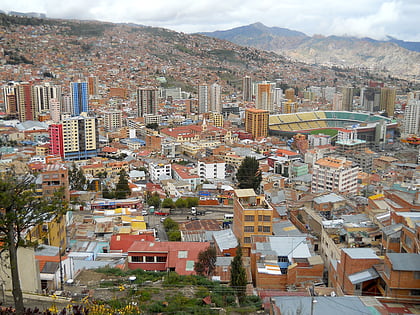
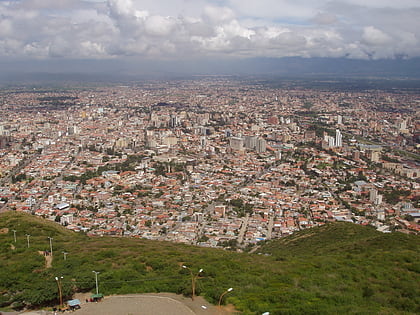
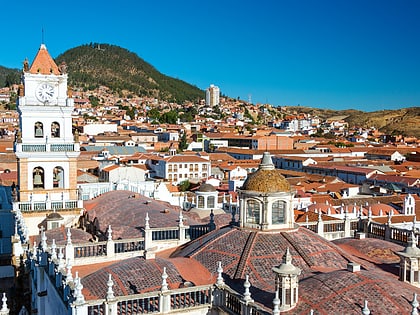
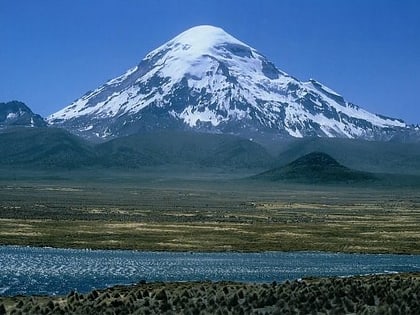
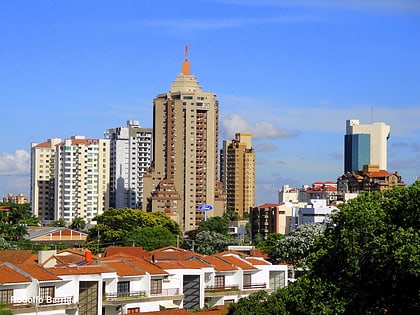
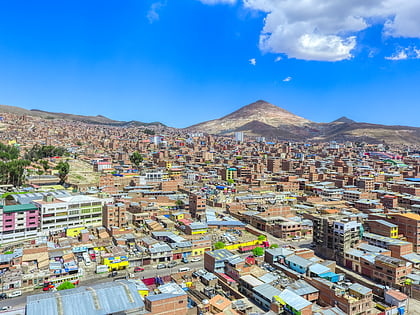
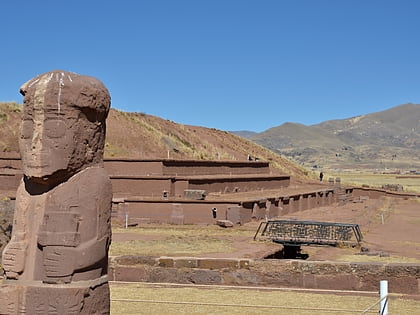
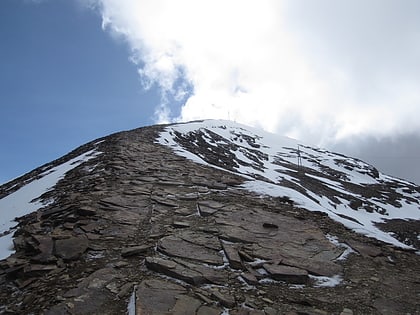
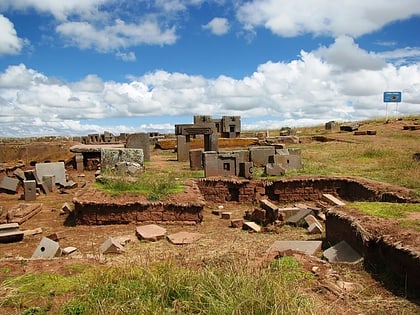
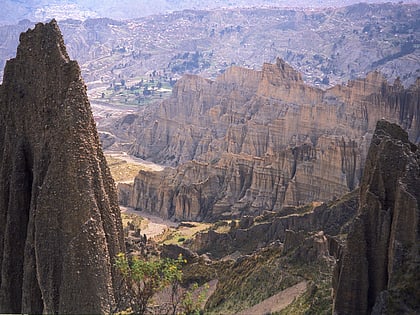
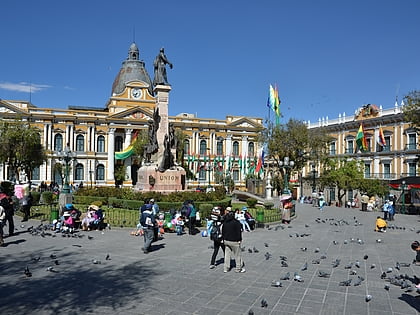
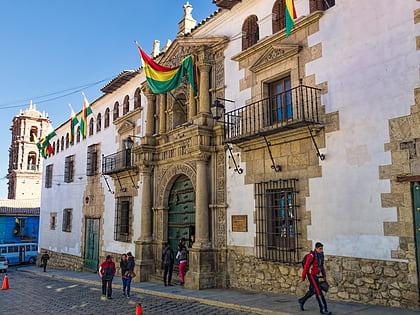
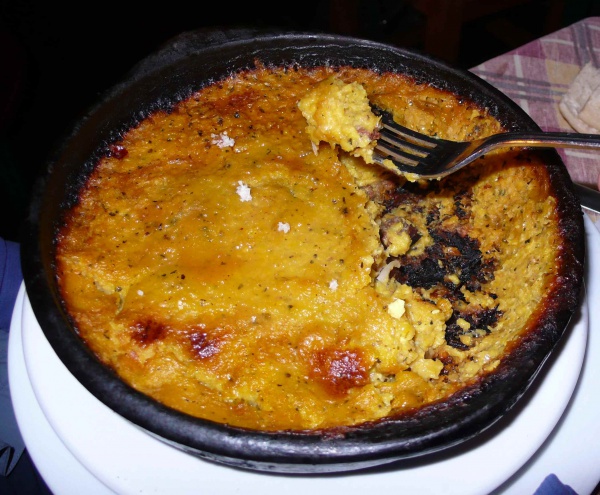
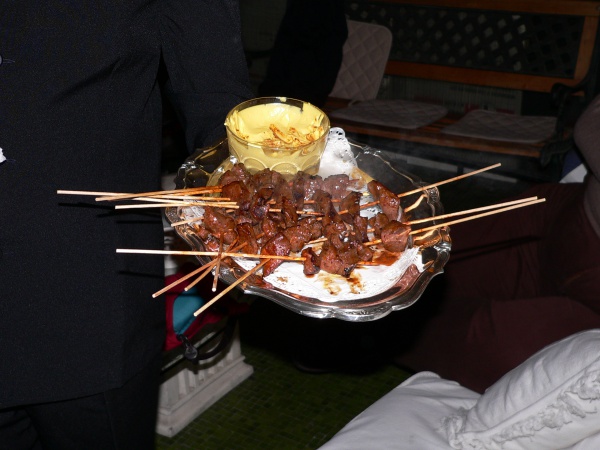
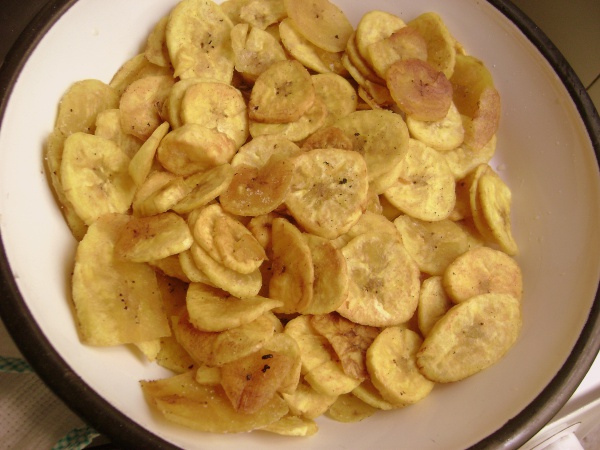
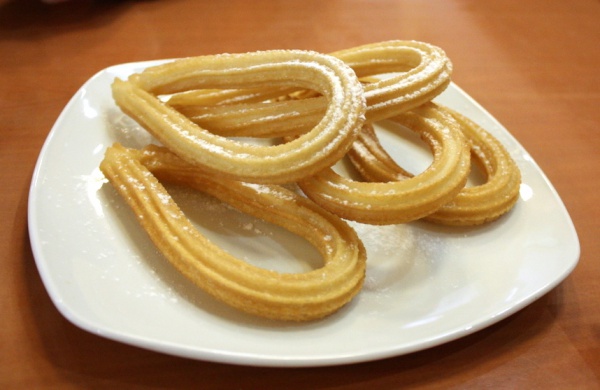
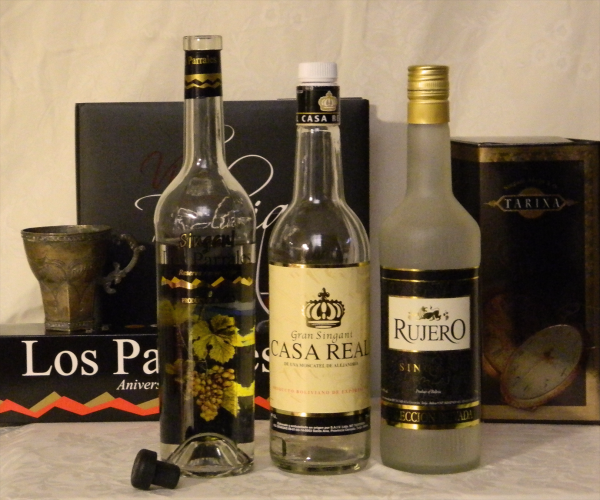
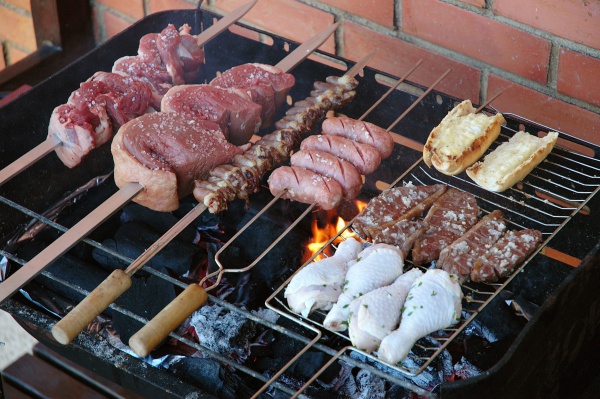
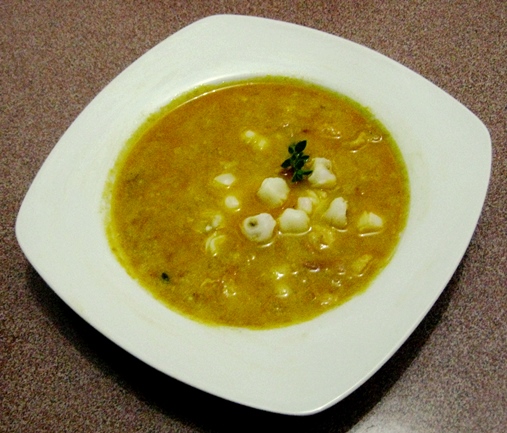
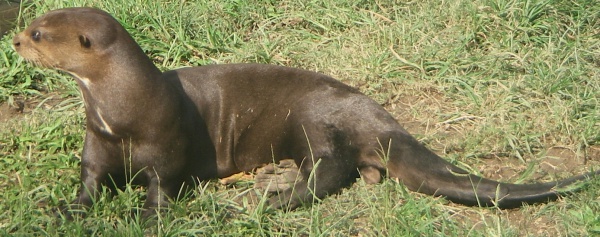
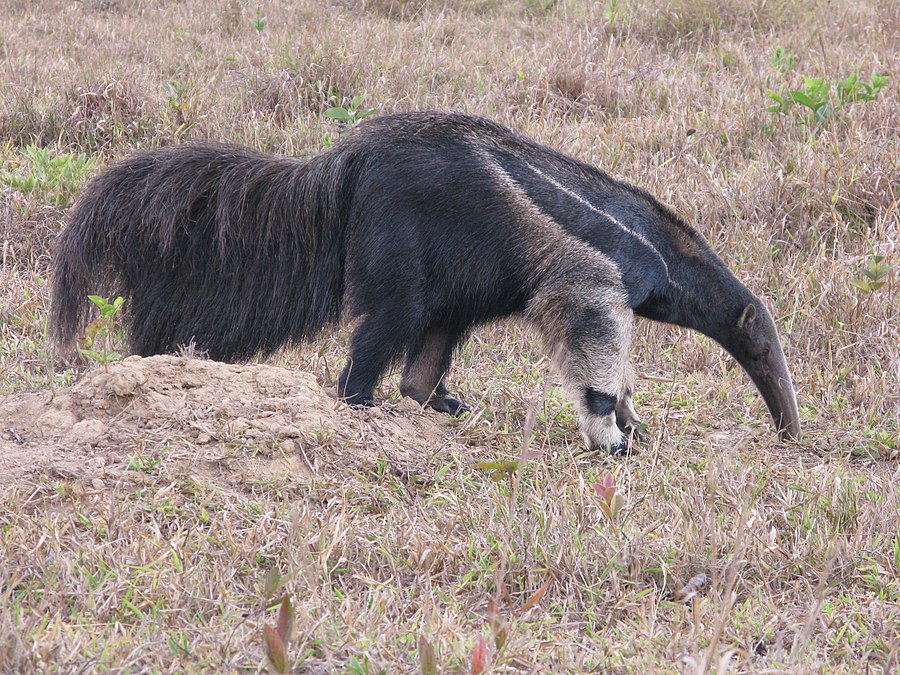
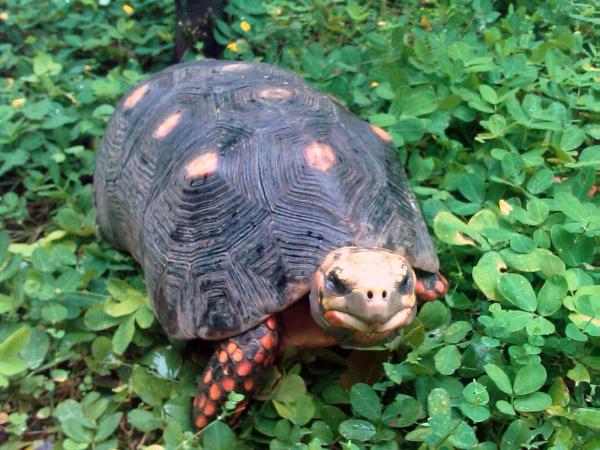
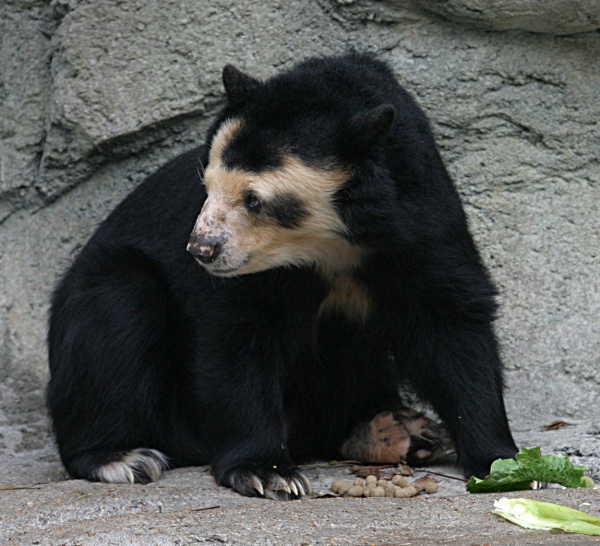
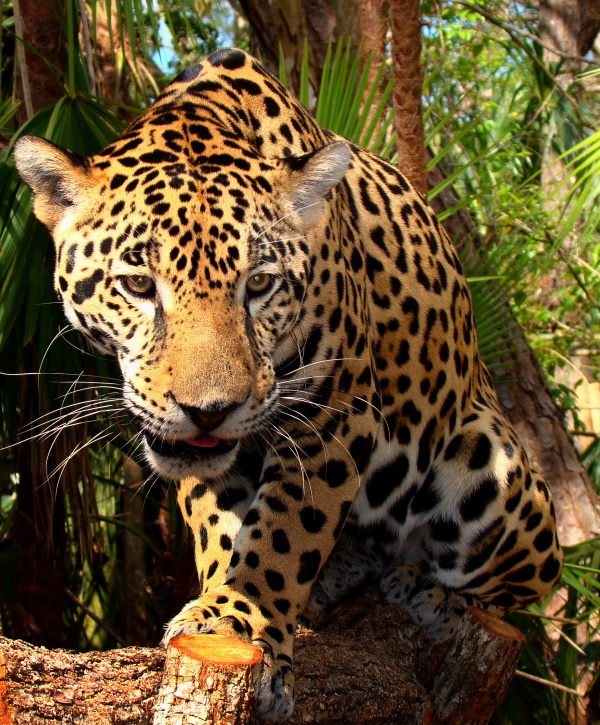
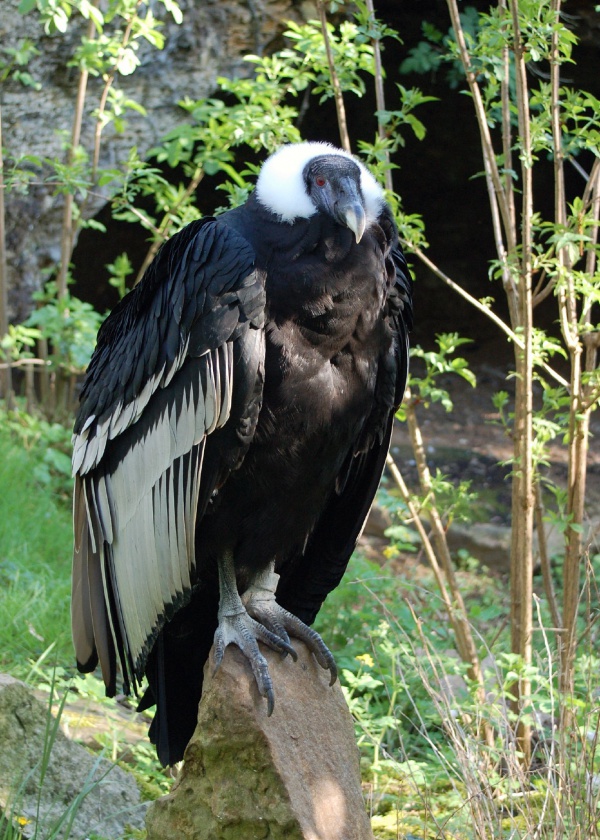
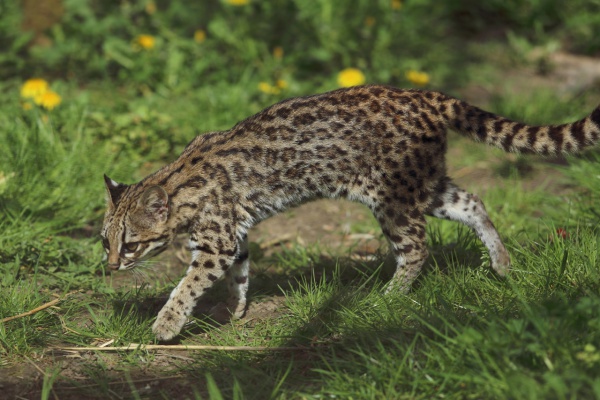




 Argentina
Argentina